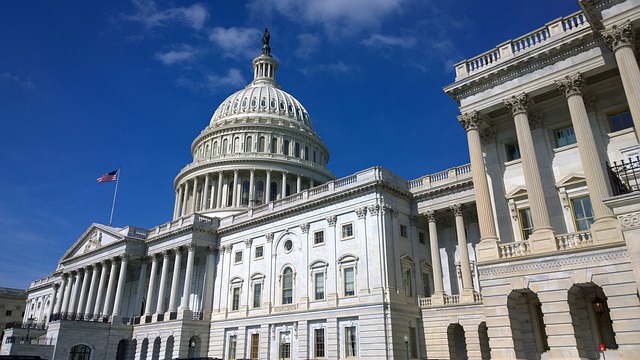The Farm Bill has always been one of those complex, high-stakes pieces of legislation that shapes the foundation of U.S. agriculture. But the latest updates are sparking more discussion than ever before.
Negotiations are intense, with major implications for farmers, ranchers, seed companies and every player in the industry. In a late-December move, Congressional lawmakers approved an extension of the bill with $10 billion in economic aid for farmers. It was part of a spending agreement that barely avoided a government shutdown.
For the seed industry, this is a pivotal moment. Funding for critical research and conservation programs is being debated, and the direction this bill takes could shape the innovation landscape for years to come. Will we see a boost in funding for the breeding programs that are pushing the boundaries of what crops can do, or will these efforts be sidelined as other priorities take center stage? It’s a question many in the industry are holding their breath over.
Sustainability is also front and center in these discussions, but it’s not just about carbon footprints or preserving topsoil. It’s about building an agriculture system that can weather the growing storms—both literally and figuratively. The Farm Bill’s proposed changes to conservation programs have raised some serious questions: will they actually give farmers the tools they need to adapt to climate volatility, or will they fall short in addressing the real challenges on the ground?
And then there’s the ongoing debate around payment programs. There’s a push to create more equitable support for smaller, diversified farms, but there’s concern that these new measures could bog down the system with red tape, complicating the financial realities farmers face. For seed companies, this is a critical issue. The direction the final bill takes will impact how easily they can continue their work improving crops for resilience, yield, and sustainability. The winners will be those who not only adjust to the new rules but also find ways to thrive in this changing landscape.
Trade, too, is a massive factor in all of this. While much of the conversation centers on domestic policy, what happens internationally will shape the future of U.S. agriculture. As other nations ramp up their agricultural production and adjust their trade policies, how will the U.S. remain competitive?
For the seed industry, the road ahead is a bit of a tightrope walk. The Farm Bill could offer vital support for research and innovation, but it could also throw up barriers that make life more difficult for smaller players. It’s a time when lobbying, strategy, and advocacy are critical. This is where the seed industry needs to stand up and make its voice heard, or risk being left behind.
Following votes from Congress on year-end legislation, Kenneth Hartman Jr., president of the National Corn Growers Association, made a statement that resonated with many in the industry:
“Corn growers are deeply disappointed that a permanent, year-round E15 solution was not included in the end-of-year legislation package,” he said. “This no-cost provision would have provided a market-driven solution to farmers experiencing low corn prices. We call upon legislators to address this matter quickly in the start of the new Congress and fix this issue once and for all.”
“NCGA is appreciative of House and Senate agriculture leadership and other champions who worked hard to extend the farm bill and provide much-needed economic and disaster assistance to farm country. This assistance will help growers reeling from natural disasters and multiple years of low crop prices paired with high input costs,” Hartman said.
The Farm Bill isn’t just a bureaucratic exercise; this bill should lay the groundwork for a more adaptive, forward-thinking farming system — one that prepares for challenges ahead rather than just reacting to the present. For the seed industry, this is the moment to speak up, advocate and shape the future.










